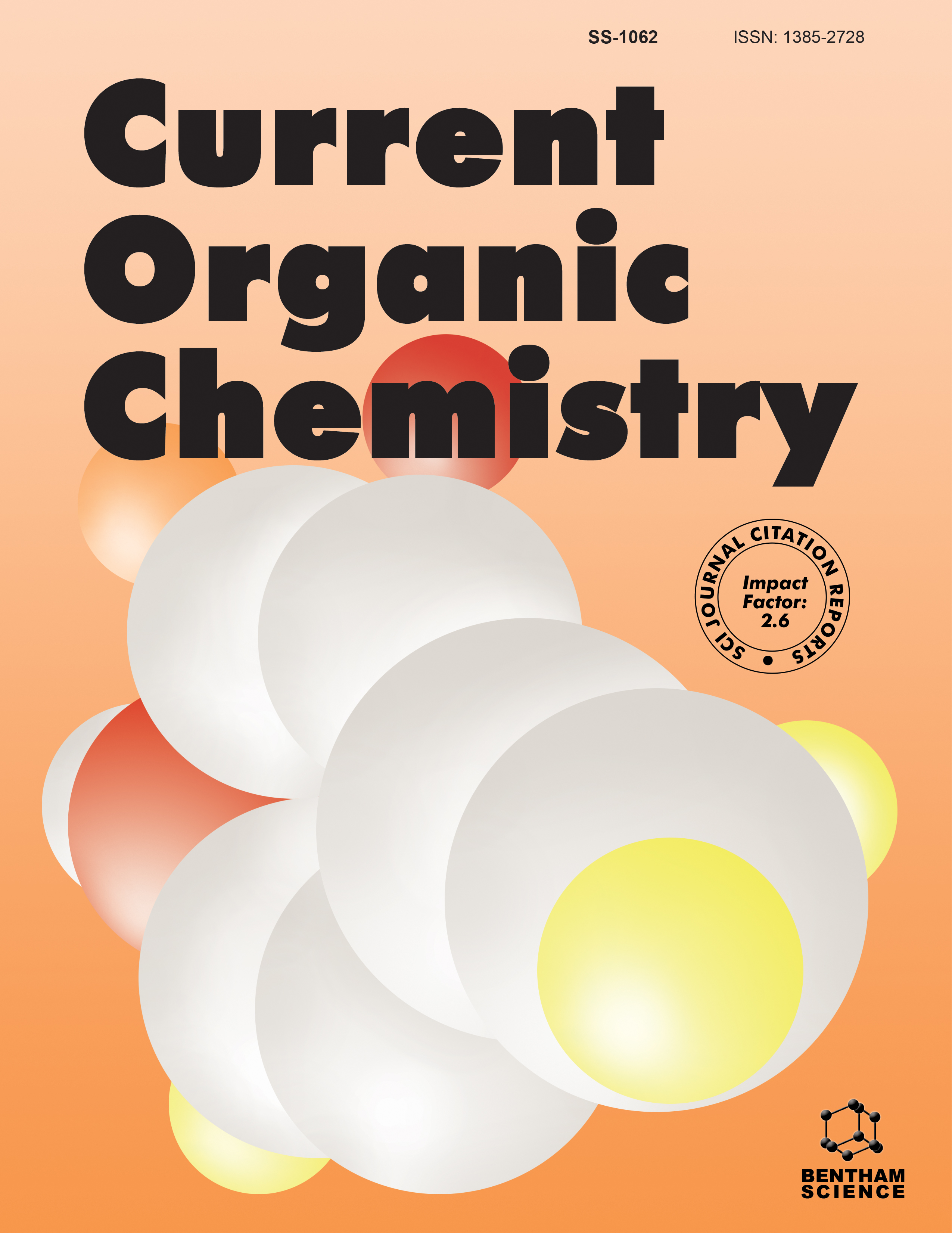- Home
- A-Z Publications
- Current Organic Chemistry
- Previous Issues
- Volume 21, Issue 17, 2017
Current Organic Chemistry - Volume 21, Issue 17, 2017
Volume 21, Issue 17, 2017
-
-
Bioinspired Membrane Engineering for Water Applications: Examples of Enhanced Membranes, Mass Transfer and Biofilm Control
More LessAuthors: Anthony G. Fane and Rong WangObjective: This paper describes examples of membrane engineering for water that take inspiration from biology. Next generation, high permeability, desalination membranes incorporating natural Aquaporin water channels are described. A potential consequence of raised flux is boundary layer mass transfer limitation which can be alleviated by unsteady shear stress, such as vibrations, adopted by some aquatic s Read More
-
-
-
Membrane Bioreactors in Food, Pharmaceutical and Biofuel Applications: State of the Art, Progresses and Perspectives
More LessBackground: The development of bio-inspired materials is of high interest to produce advanced materials able to improve the quality of life through sustainable industrial production. Membranes associated/functionalized with biomolecules, are very suitable to develop biohybrid and biomimetic systems, because they simulate the biological membrane compartmentalization. This system integration, could be divided into membra Read More
-
-
-
Bio-catalytic Devices for Energy Production
More LessAuthors: Joffrey Champavert, Ummy Mardiana and Christophe InnocentBackground: The development of fuel cells device, which used bioelements as catalyst, converts the chemical energy from a fuel into electricity through an electrochemical reaction with oxygen oxidizing agent, and demonstrates the potential of electrochemical techniques for energy generation. The development of sustainable energy production prompted the researcher community to propose and investigate the use Read More
-
-
-
Survey on Biocatalytic Membrane Reactor and Membrane Aerated Biofilm Reactor
More LessBy Endre NagyObjective: This paper discusses the performance of two, potentially important membrane processes of the next future, namely the biocatalytic membrane reactor (BMR) and membrane aerated biofilm reactor (MABR). It discusses what kinds of methods are applying for enzyme immobilization, which membrane materials can be used for immobilization and what biochemical reactions can be realized by the biocat Read More
-
-
-
Control of Protein-Surface Interactions and Transport Properties: Functional Membranes and Operating Conditions
More LessBackground: Proteins are important players in most membrane bioprocesses due to their high propensity to interact with solid surfaces. Their structural behavior when adsorbing to surfaces is not only dependent on protein structural stability, but also it is influenced by the chemical and topographical characteristics of the surfaces. The intensity of protein-surface interactions has a determinant role in the transport of prot Read More
-
-
-
Membrane Processes for Whey Proteins Separation and Purification. A Review
More LessAuthors: R. Aguero, E. Bringas, M.F. San Roman, I. Ortiz and R. IbanezBackground: Whey is a valuable by-product obtained from cheese manufacture and employed as a source of proteins that present remarkable potential in food or pharmaceutical industries. Although chromatography is the common method to isolate whey proteins at preparative scale, it reports some disadvantages like its high operational cost. Objective: Membrane processes can play an important role in protein separati Read More
-
-
-
Advances in Membrane Chromatography for the Capture Step of Monoclonal Antibodies
More LessAuthors: Cristiana Boi and Simone DimartinoBackground: Monoclonal antibodies are nowadays by far the most important of all biotherapeutics. Unfortunately, they are complex proteins, so that their production is complicated and expensive, which eventually leads to an elevated average cost per treatment per patient. An important research effort is dedicated to the development of a process that may allow a reduction of antibodies production costs. Objective: In par Read More
-
-
-
Advanced Membrane Systems for Tissue Engineering
More LessAuthors: Simona Salerno, Sabrina Morelli and Loredana De BartoloBackground: In tissue engineering applications, advanced membrane systems provide useful and adaptable biomimetic microenvironment able to sustain cell viability and functions, enabling the delivery and diffusion of biochemical factors, cell nutrients, and products, and mimicking the natural biological extracellular matrix. Proper cell-material interactions favour cell adhesion and trigger cell growth, migration, proliferation, diff Read More
-
Volumes & issues
-
Volume 29 (2025)
-
Volume 28 (2024)
-
Volume 27 (2023)
-
Volume 26 (2022)
-
Volume 25 (2021)
-
Volume 24 (2020)
-
Volume 23 (2019)
-
Volume 22 (2018)
-
Volume 21 (2017)
-
Volume 20 (2016)
-
Volume 19 (2015)
-
Volume 18 (2014)
-
Volume 17 (2013)
-
Volume 16 (2012)
-
Volume 15 (2011)
-
Volume 14 (2010)
-
Volume 13 (2009)
-
Volume 12 (2008)
-
Volume 11 (2007)
-
Volume 10 (2006)
-
Volume 9 (2005)
-
Volume 8 (2004)
-
Volume 7 (2003)
-
Volume 6 (2002)
-
Volume 5 (2001)
-
Volume 4 (2000)
Most Read This Month
Article
content/journals/coc
Journal
10
5
false
en


